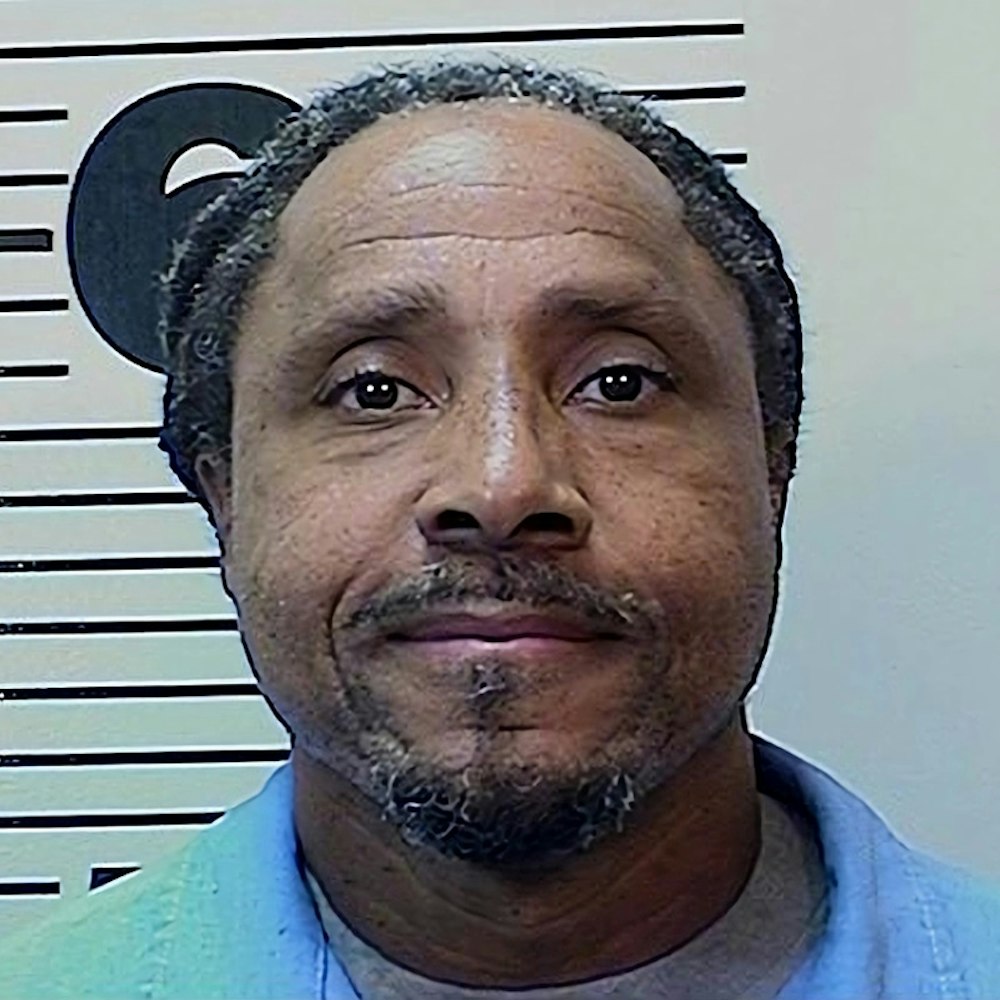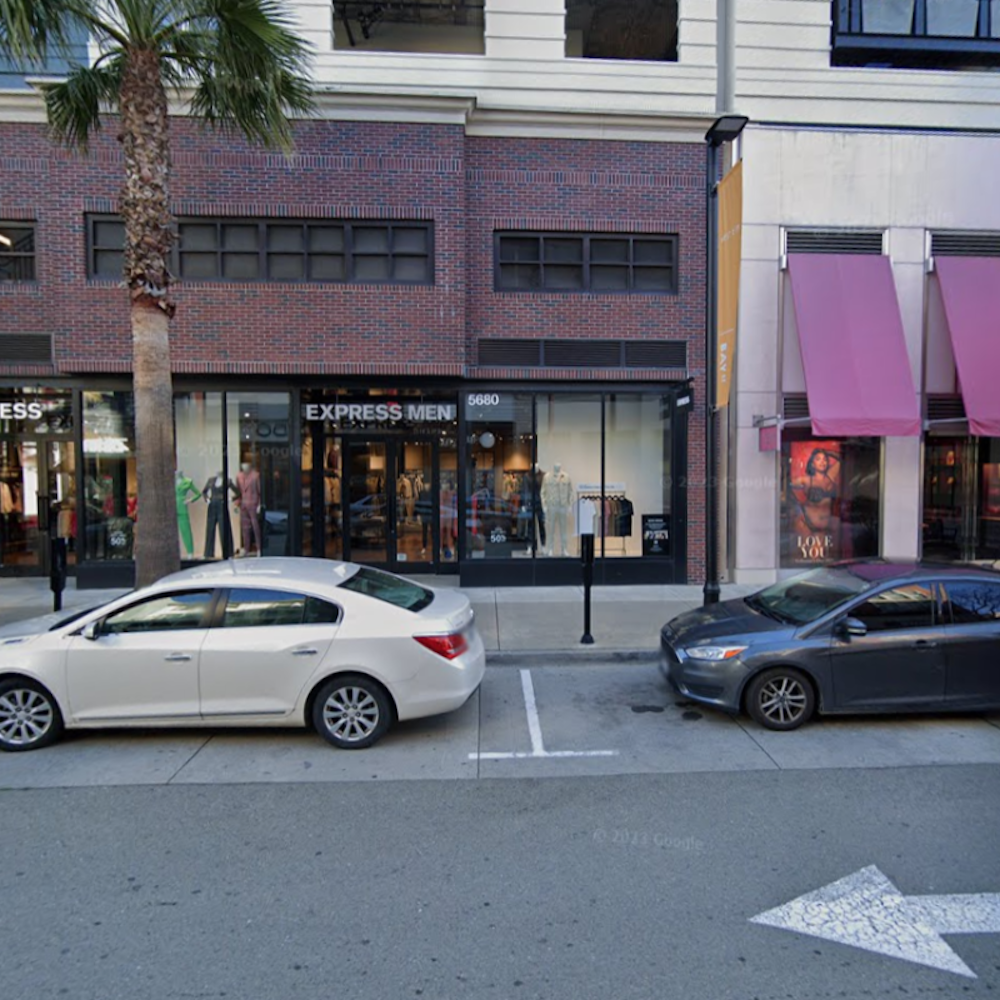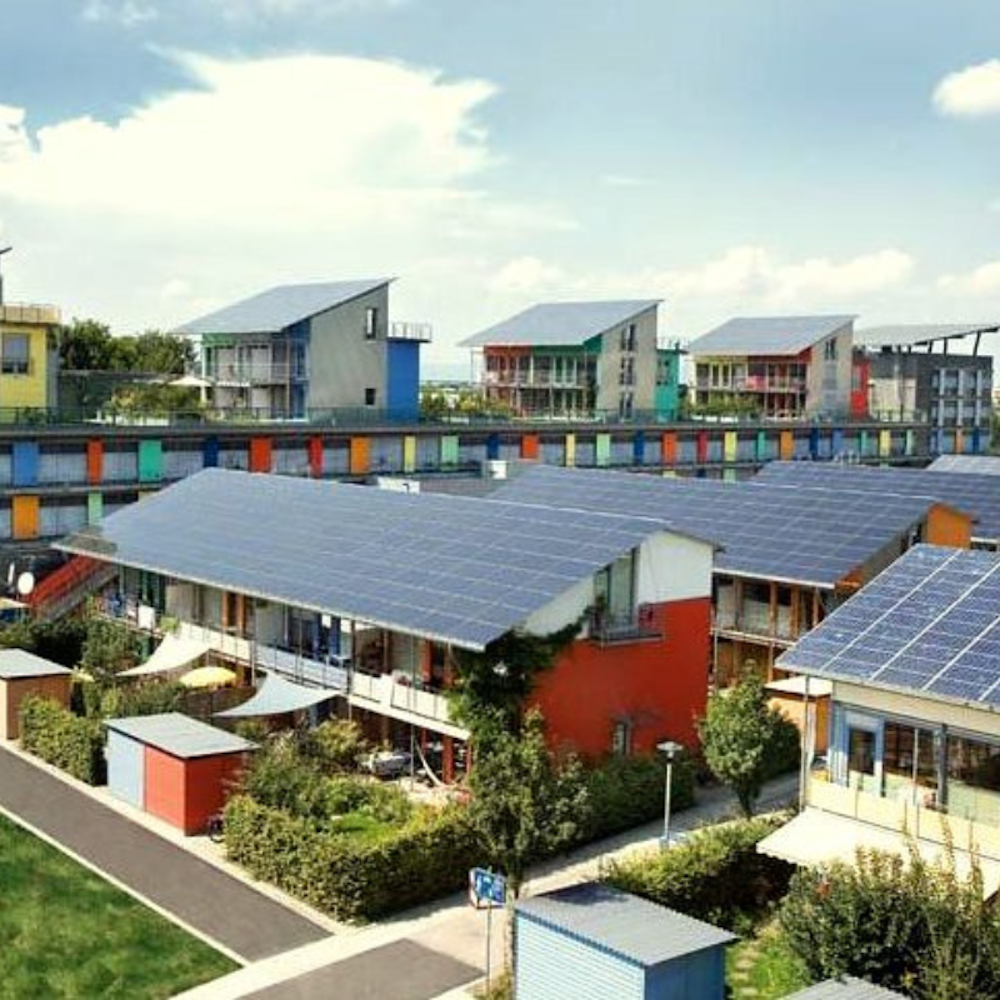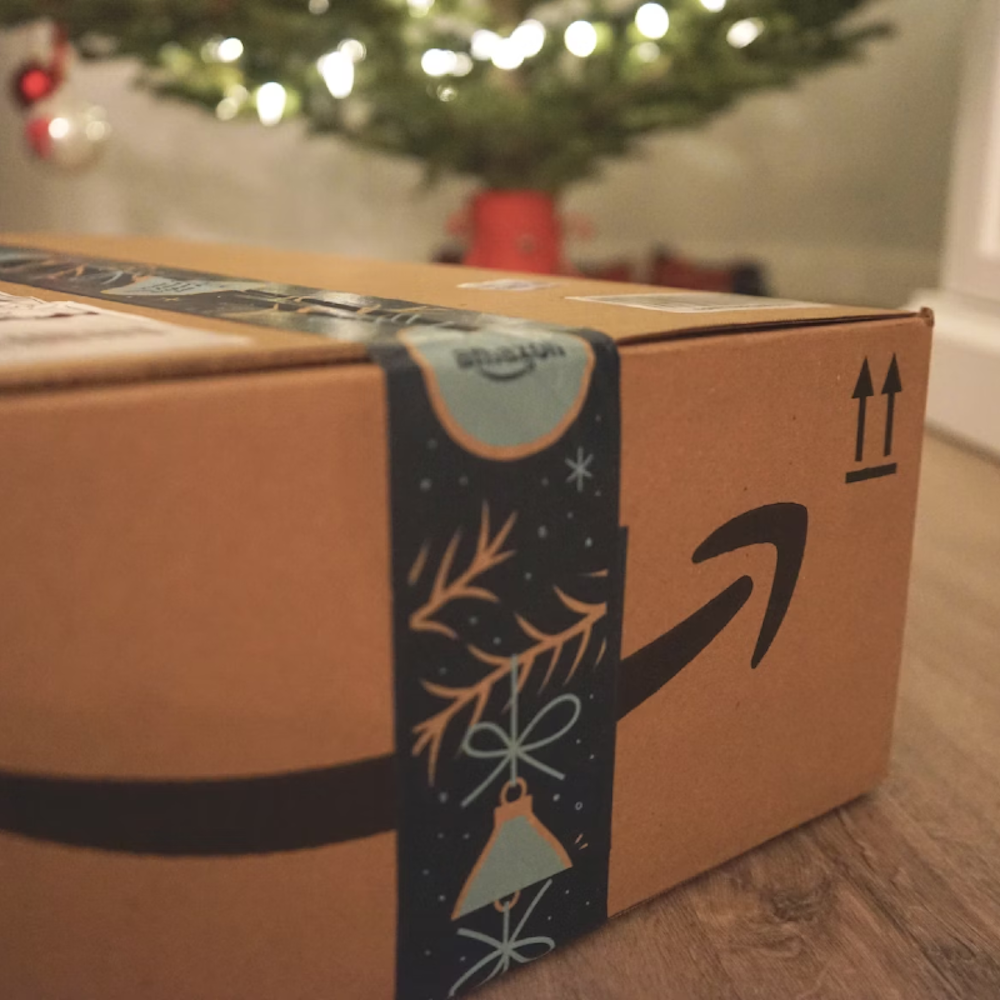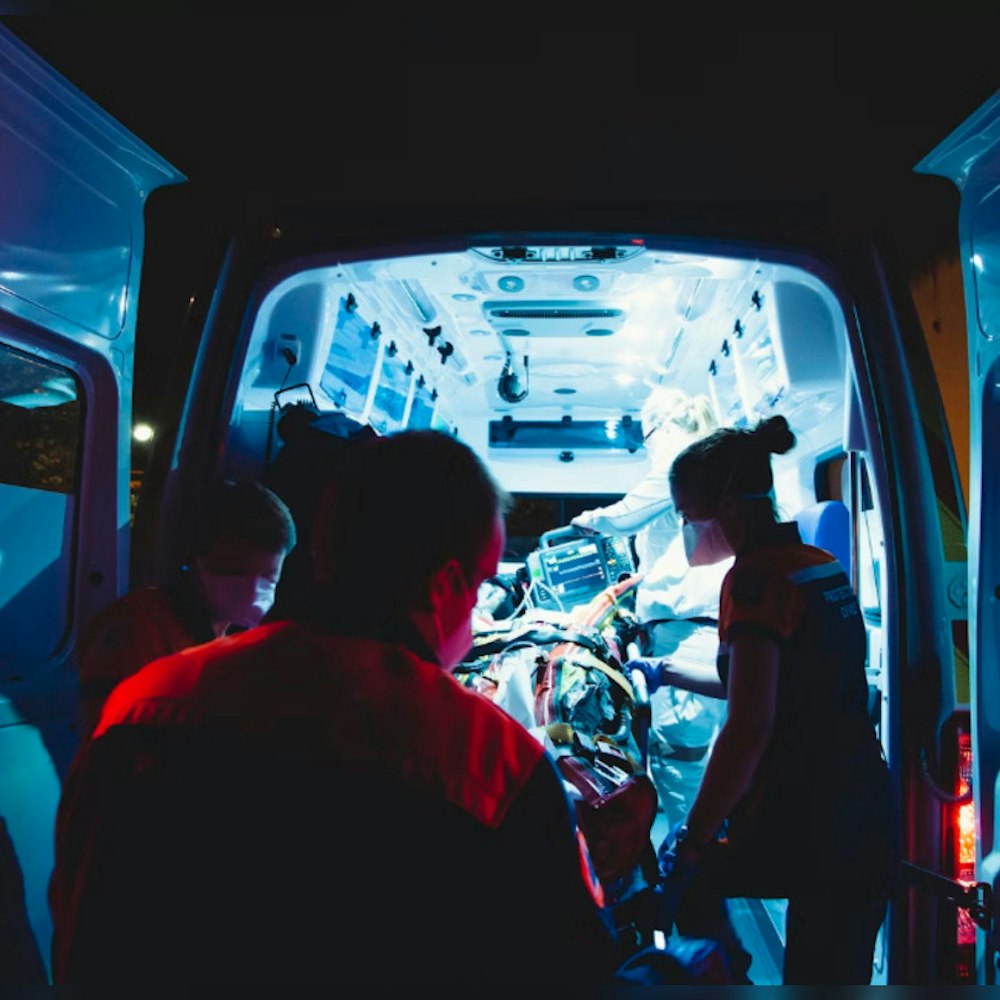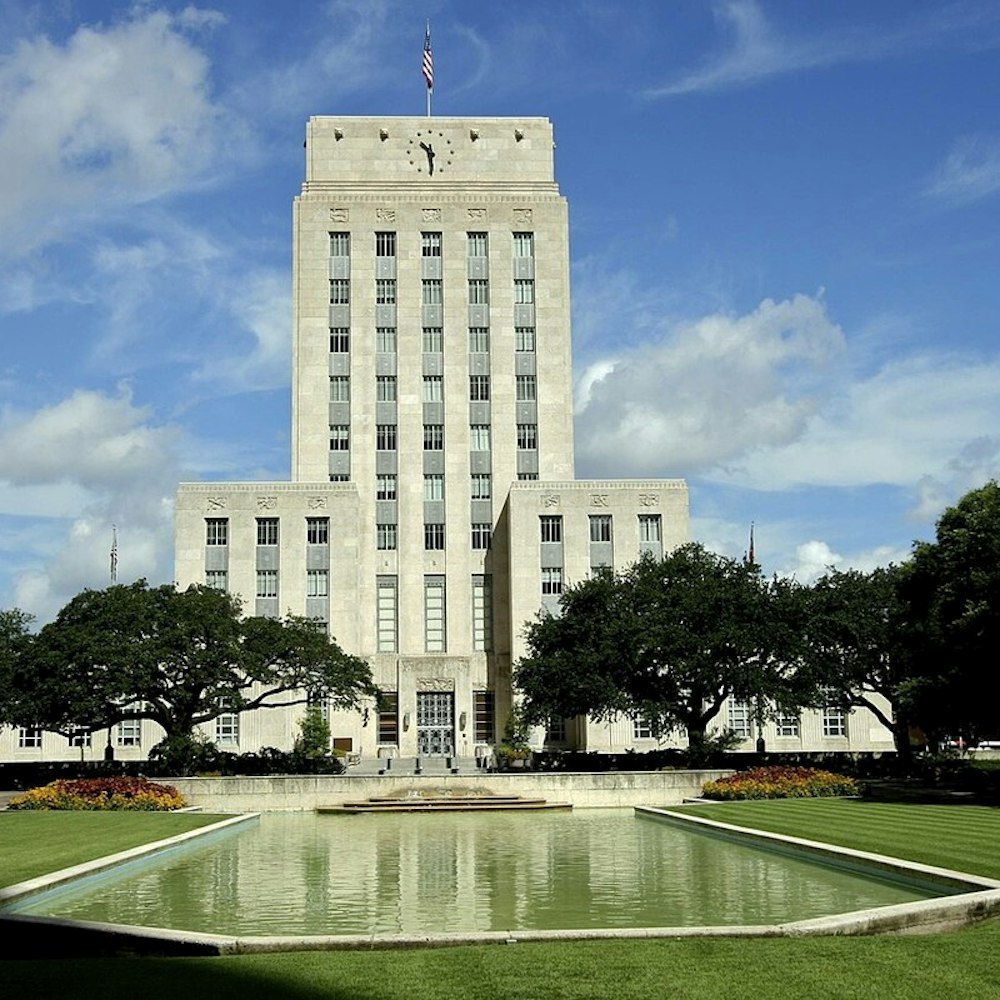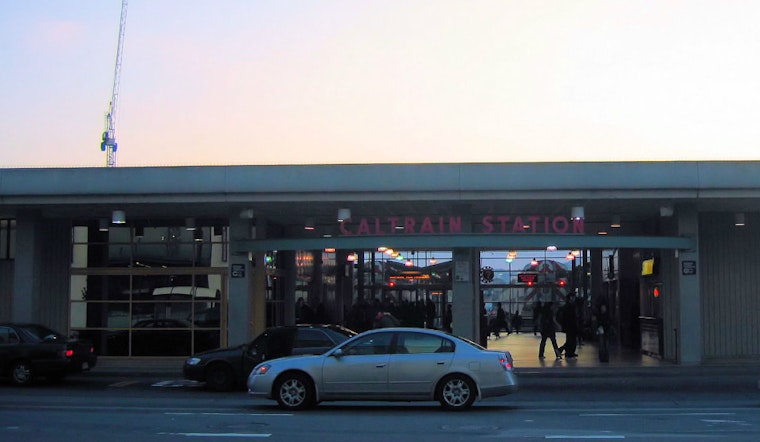
As anyone who's tried to navigate the Caltrain station at Fourth and King streets knows, the area is a mess. Backed-up buses, blocked bike lanes, double-parked vehicles and more create frustrations and safety hazards, which have only been amplified by recent construction for the Central Subway on Fourth.
Thanks to a $50,000 grant, Livable City—which is involved in policy, legislation and planning to create a safer, healthier and more accessible city—is aiming to "Curb the Cluster." The Just Transit SF grant, announced today, was administered by the 11th Hour Project, a program of the Schmidt Family Foundation.
Livable City's top priority will be creating designated loading zones for rideshare services, which will include taxis and tech shuttles as well as Uber and Lyft. It partnered with Lyft on the proposal for the grant, but will bring in other companies, and and also work closely with SFMTA.
"Caltrain is the most trafficked area for rideshare" in the city, said Scott Reinstein, development and communications director for Livable City. "They don’t have a designated spot, so Uber and Lyft kind of have to drop off and pick up wherever they can. Often, that means in bike lanes, crosswalks, double parking, in the way of Muni buses. It’s an incredibly unsafe and congested area.”

Photo: Alfredo Mendez/Flickr
Livable City plans to add curb paintings and signage for dedicated loading zones near the Caltrain station; to educate rideshare companies, drivers and passengers about the new areas; and to include an alert in rideshare and taxi apps near the station, so drivers and riders know exactly where to go. The grant requires a "successful solution" by November 2017, Reinstein said, so the group will begin working with stakeholders immediately to gather information.
"We’re going to work with Caltrain and SFMTA, which own that curb space, to figure out the best locations and the best way to direct people," Reinstein said. "You need to separate out these private vehicles—rideshares and taxis —and get them out of the way of Muni and cyclists."
The trick will be getting everyone to cooperate. But "this is a pretty low-stakes solution where nobody is losing and hopefully everyone is winning," Reinstein said. "We know these stakeholders are all concerned about safety and all concerned about efficiency, and this is a project that delivers on both ... I do think this will ease some headaches, and start to separate out these actors and modes that are constantly in conflict, in this area in particular."
Reinstein added that in general, San Francisco lacks loading zones for passengers and commercial stops—as anyone who's been stuck on a slim one-way road behind a delivery or garbage truck is aware. If combatting the Caltrain Cluster works, Livable City has an eye on exporting its model throughout the city. To do that, they have to gather data via surveys, Muni bus statistics, crowd counts, car counts, qualitative surveys and from individual ride share companies.
The $50,000 budget is tight, but "as an organization, we’re very lean," Reinstein said. "The ultimate goal is to create a fair number of partnerships." The SFMTA could possibly provide paint; it hasn't been decided if each company will be responsible for its own code for the app alerts, or if it'll be open source. "We’ll push for more grant funding from other sources as needed," he added.
